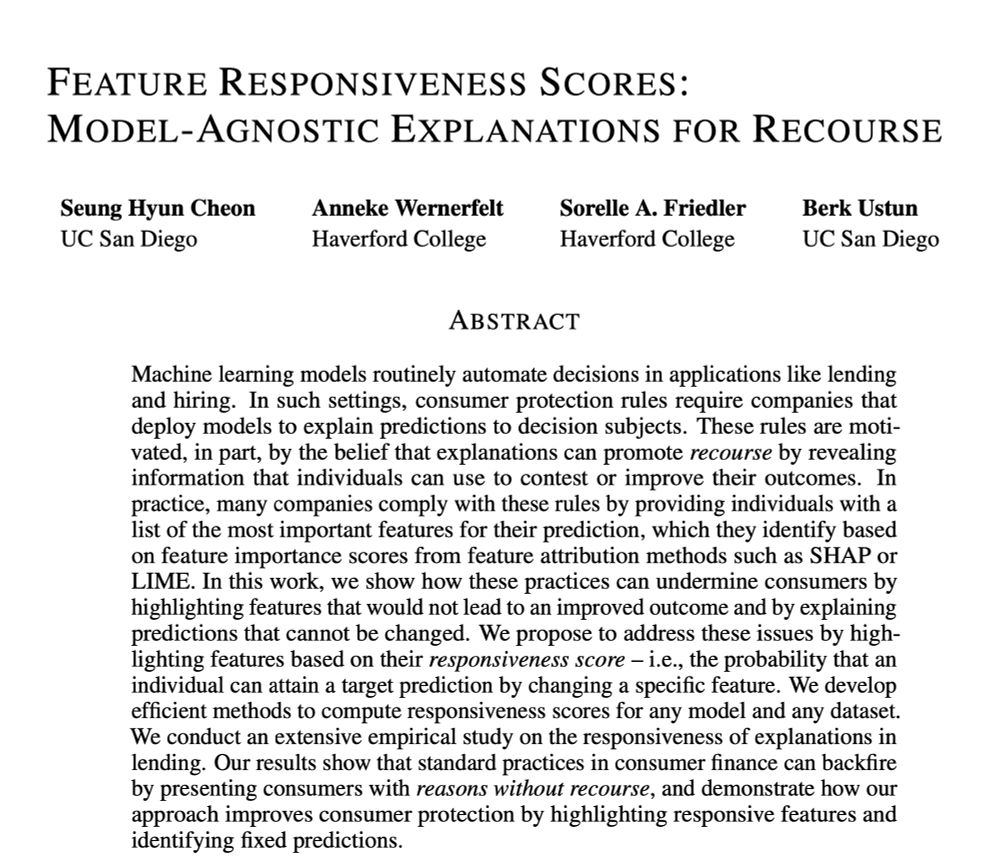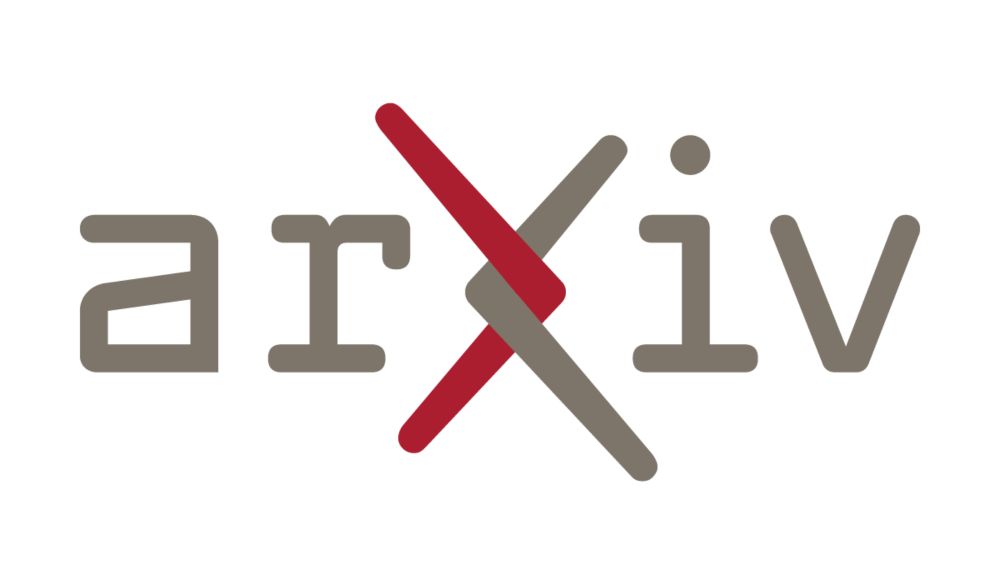Sujay Nagaraj
@snagaraj.bsky.social
60 followers
98 following
20 posts
MD/PhD student | University of Toronto | Machine Learning for Health
Posts
Media
Videos
Starter Packs
Reposted by Sujay Nagaraj
Sujay Nagaraj
@snagaraj.bsky.social
· Apr 19
Sujay Nagaraj
@snagaraj.bsky.social
· Apr 19
Sujay Nagaraj
@snagaraj.bsky.social
· Apr 19
Sujay Nagaraj
@snagaraj.bsky.social
· Apr 19
Sujay Nagaraj
@snagaraj.bsky.social
· Apr 13
Sujay Nagaraj
@snagaraj.bsky.social
· Apr 13
Sujay Nagaraj
@snagaraj.bsky.social
· Apr 13
Sujay Nagaraj
@snagaraj.bsky.social
· Apr 13
Sujay Nagaraj
@snagaraj.bsky.social
· Apr 13
Sujay Nagaraj
@snagaraj.bsky.social
· Dec 22







